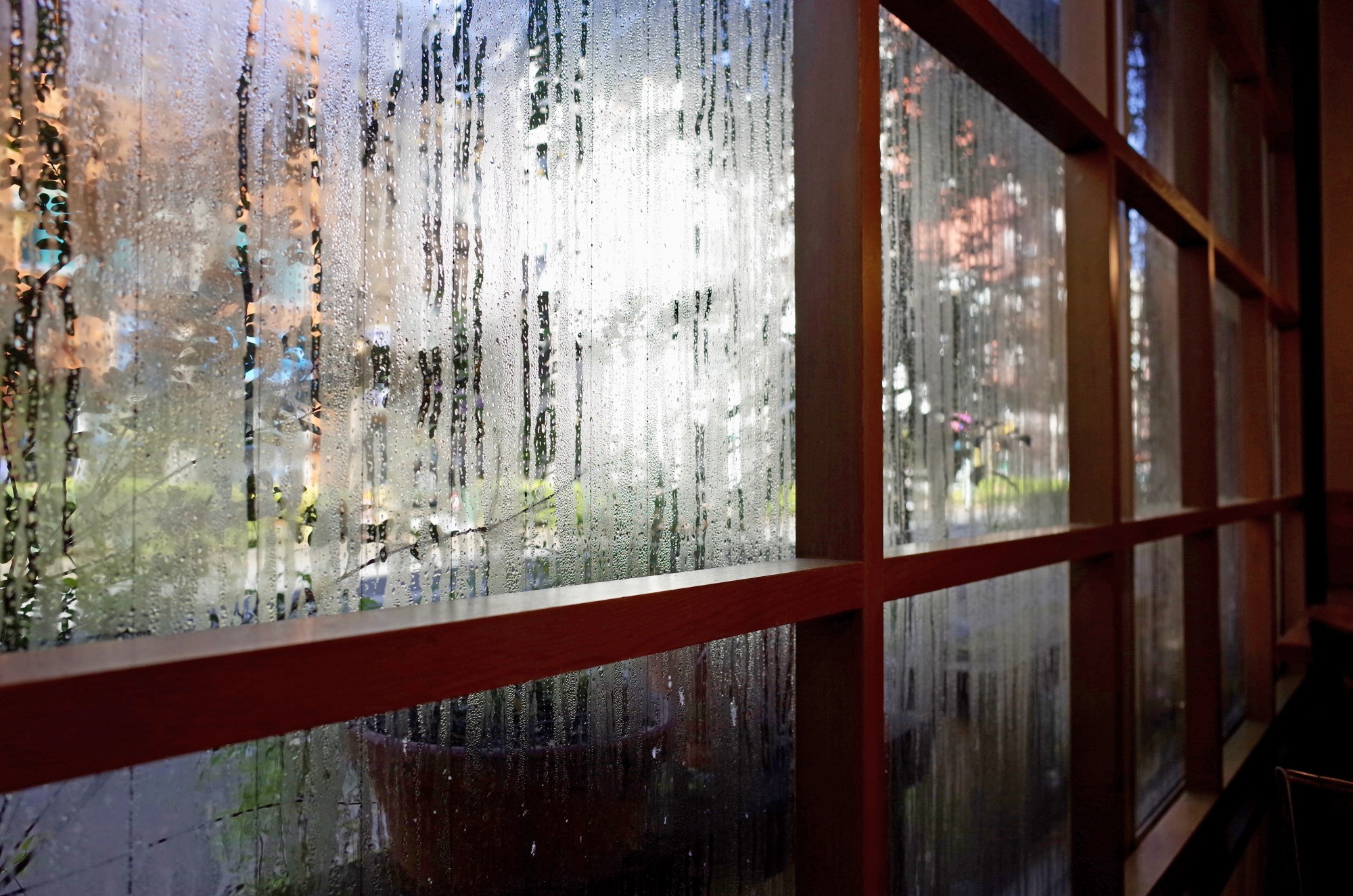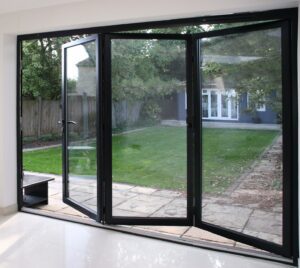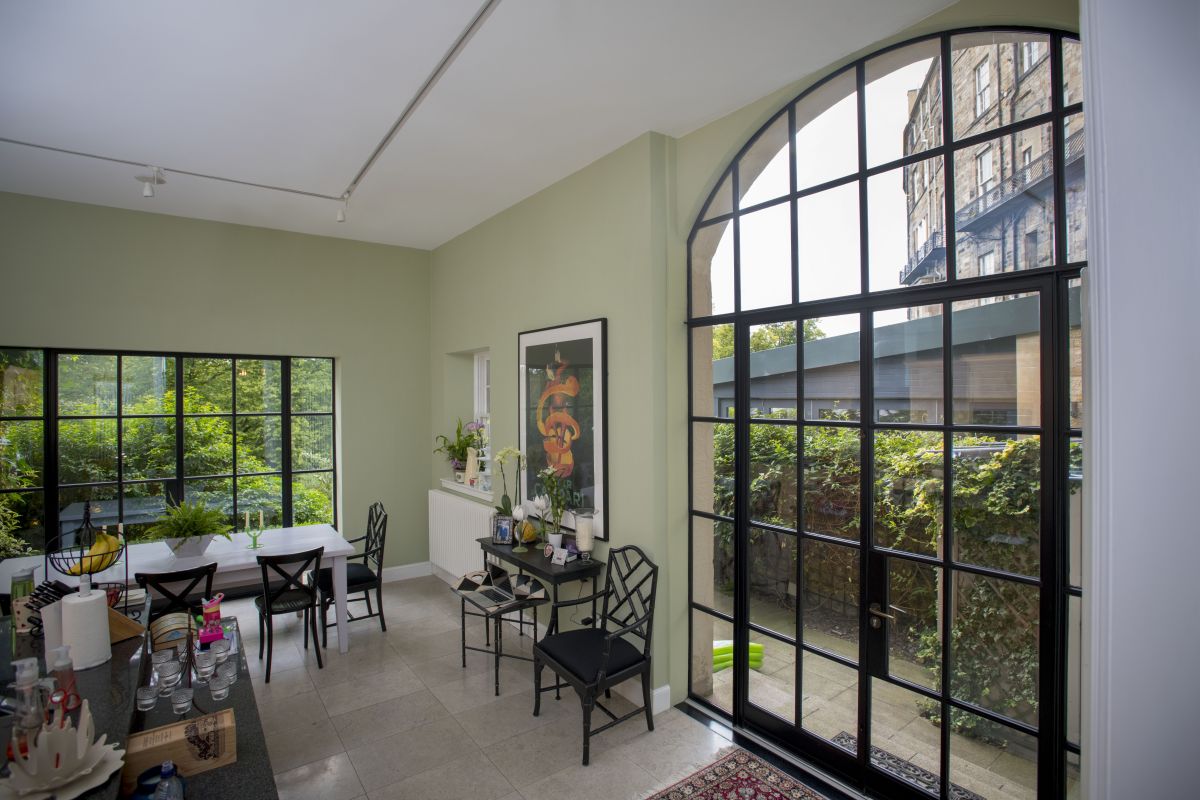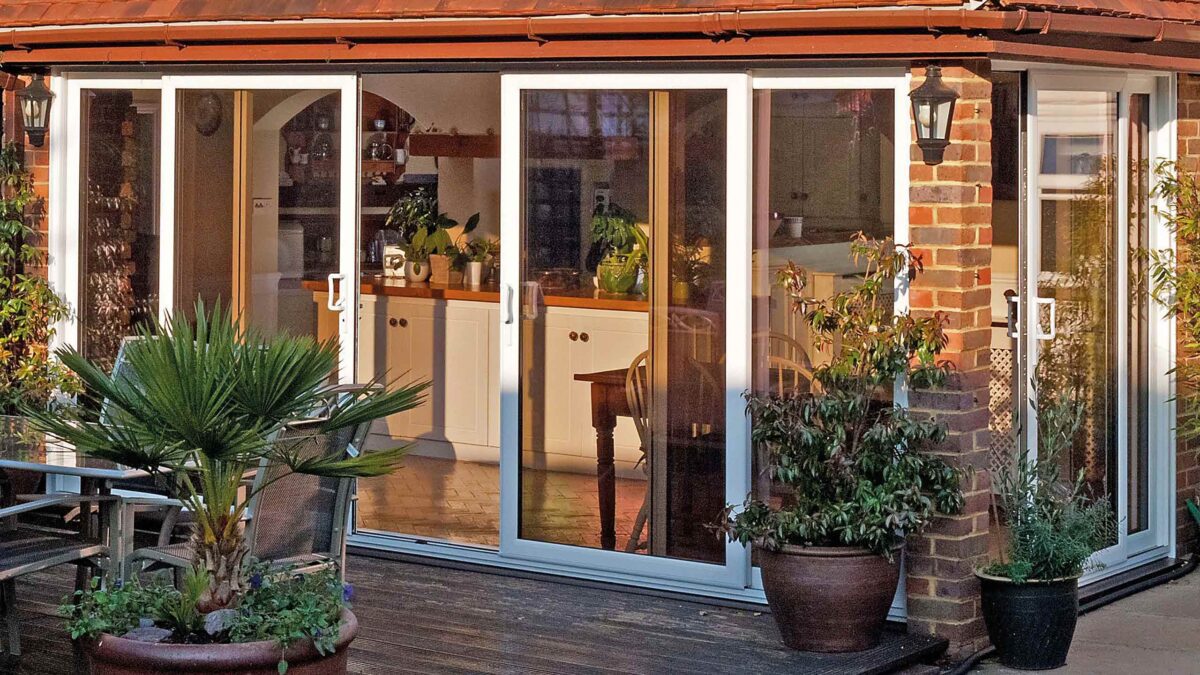Condensation can be a big problem internally or externally on your windows. Capable of causing damage to your windows, as well as triggering or exacerbating existing health conditions, it is a common problem in UK homes.
Fortunately, it is also relatively easy to reduce, if not eliminate. In this blog, we’ll explain what condensation is, how it can negatively affect you and how to deal with it.
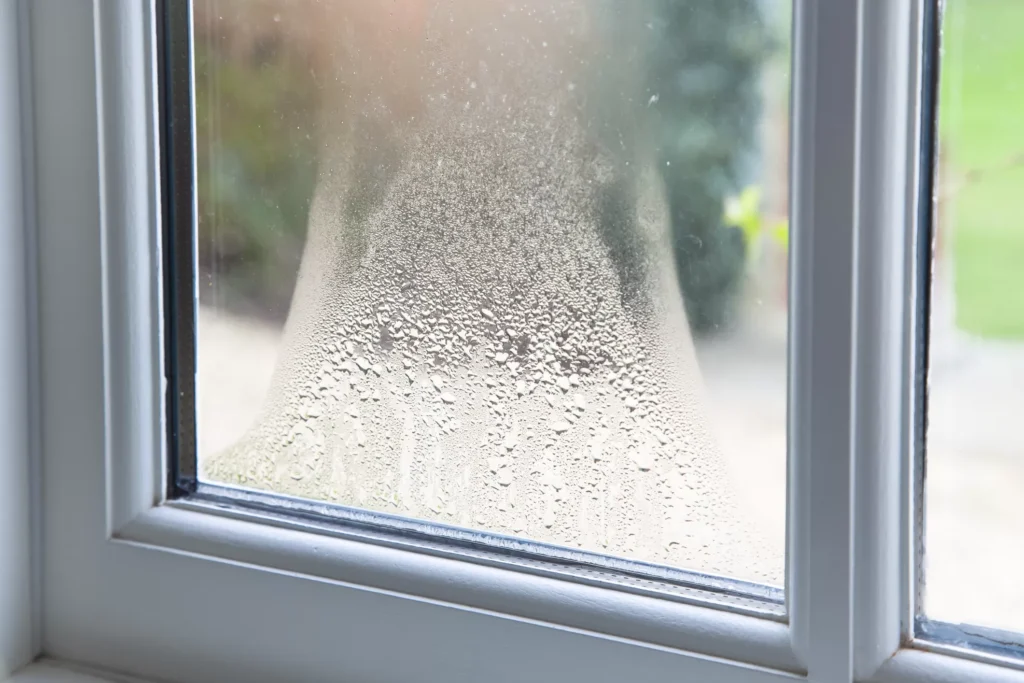
What is Condensation on Windows?
Condensation is water vapour that builds up on cold, hard, usually flat surfaces when warm air reaches them. As well as windows, it can occur on doors, walls, kitchen and bathroom tiles, cupboards and built-in wardrobes.
What are the Causes of Window Condensation?
Internal window condensation usually occurs in the winter when the low temperatures outside collide with the warm air generated from central heating inside. It is called condensation because the moisture within the warm air ‘condenses’ to become water droplets. This collision is called the ‘dew point’.
Single-glazed windows are most vulnerable to condensation because there is only a single pane of glass between the low outdoor temperature and the warm air inside.
Windows in rooms with high humidity, such as bathrooms and kitchens, are more susceptible to condensation.
Can condensation be bad for your health?
Condensation itself is not detrimental to your health. However, it can cause conditions adverse to your physical and mental well-being, including:
- mould and Mildew Growth
- Allergies and Respiratory Problems
- Dampness and Dust Mites
- Structural Damage
- Worsening of Existing Health Conditions
Condensation inside windows and elsewhere can make the room damp and uncomfortable. This can, in turn, become mould and mildew, which, besides ruining decor, can cause or worsen health problems such as allergies and respiratory issues.
Breathing in dampness and mould can cause coughing, sneezing, respiratory infections and weaken your immune system. Someone with an existing health condition could be seriously affected by a worsening of their condition. It is particularly dangerous for the elderly and infants whose immune systems are not strong enough to fight infections.
Structural damage and dust mites may not directly affect your health, but they can cause stress and discomfort, making sleep difficult and reducing your overall quality of life.
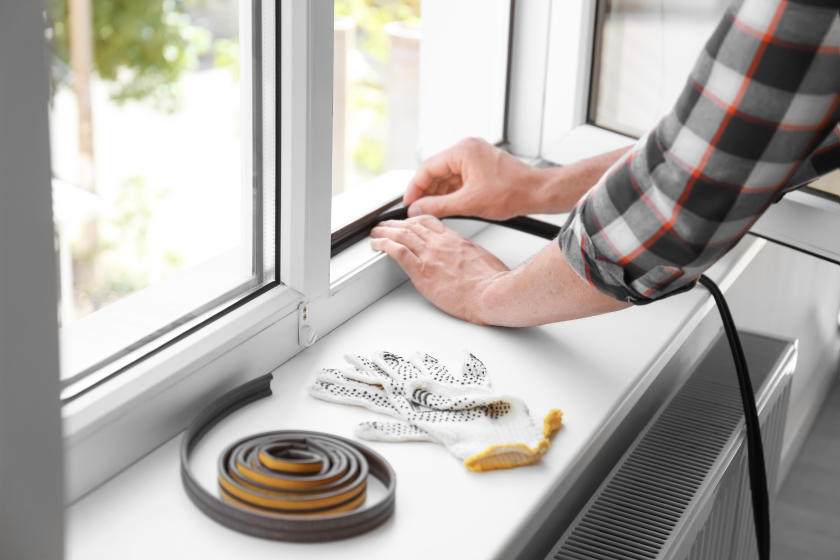
How to Reduce Indoor Humidity
Increasing ventilation in your home is the fastest way to reduce humidity and prevent condensation from forming. This may be as simple as opening your windows and doors when home (weather permitting). In high-humidity rooms such as the kitchen and bathroom, extractor fans can be an effective solution.
Air vents in the internal or external walls are another long-term solution but can be pricey and disruptive.
Installing double-glazed windows with built-in ventilation vents, such as our casement windows, can help reduce condensation.
You can reduce humidity by adding weather stripping to your windows and doors.
Weatherstripping is strips of material that are stuck to your windows and doors to ensure the edges are sealed and no cold air can get in. It may be made of felt, rubber tubing, or foam tape.
It is easy to apply, readily available and relatively cheap. You can add it to any window or door, but you can also conduct tests to see if and where it is needed. Tests include waiting for pitch black and shining a torch around the closed window or door seals to locate any gaps. You can also try using a £5 note, smoke, or room-temperature water to locate any gaps or cold spots.
You can also buy specialist weatherstripping for the bottom of your doors (door sweep) and around your power outlets and light switches.
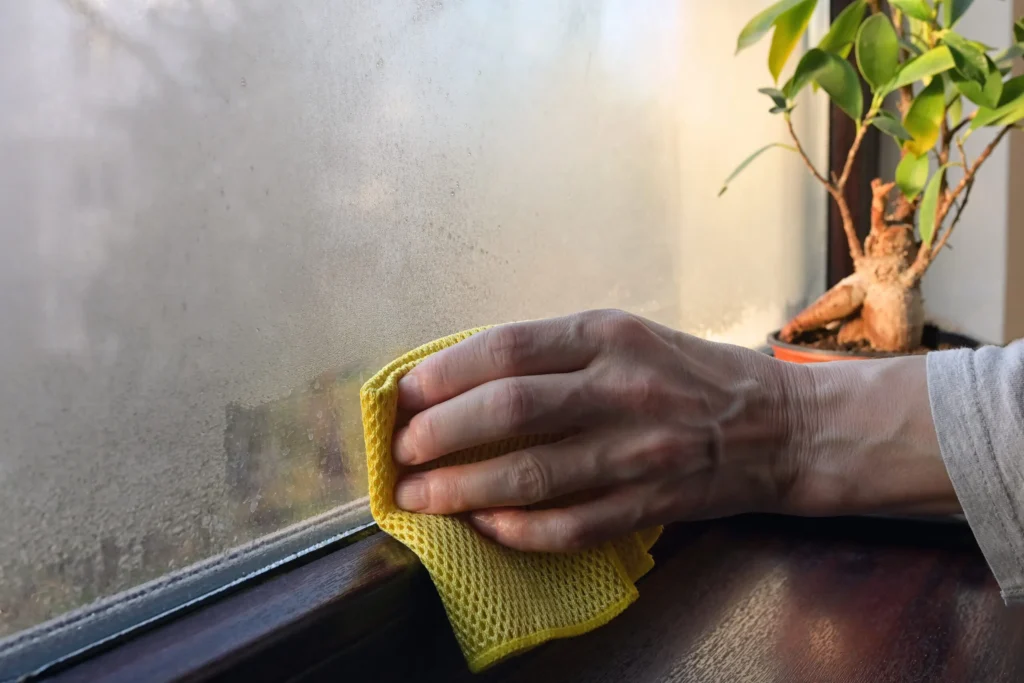
Maintenance and Cleaning
Cleaning your windows is not just important for aesthetics, it helps you determine if everything is working as it should be.
It’s important to ensure that there are no cracks in the glass or damage to the frame which would prevent them from optimal performance. Any damage to the glass, frame, or seals can cause draughts and condensation, as well as being a security risk.
Cleaning also removes any condensation that has formed, preventing it from causing mould, mildew or dampness in other areas of the home.
Seasonal Considerations
You can do several things to help reduce or prevent condensation from forming, but not all are practical at certain times of the year.

Autumn/Winter
Winter is the worst time for condensation, but advice such as opening windows and curtains overnight is not feasible during the colder months. You may still be able to open windows when cooking or showering on milder days.
In the UK, we often have to dry our clothes on radiators or clothes horses due to the weather, but the moisture from the clothes can exacerbate condensation. A tumbler dryer solves this issue but can be very expensive to run and requires space. Buying an inexpensive dehumidifier can stop the condensation from forming.
Keeping your heating on constantly but on a low setting prevents frequent rises and falls in temperature, which can worsen condensation. However, you need to weigh up the costs.

Spring/Summer
If condensation is occurring on the inside of your windows in the Spring and Summer, the first thing to do is open your windows and doors at least for a few hours a day. You should also try to dry your clothes outside if possible.
Condensation can also occur on the outside of your windows, usually during early mornings in the summer. Don’t worry. This type of condensation is caused by the rapidly warming air making contact with the still-cold glass of the window. It will clear itself, so you don’t need to do anything.
If you see condensation between the panes of your double or triple glazing, the seals are broken, and it is time to replace your windows.
Should you wipe condensation off windows?
How to Get Rid of Mould?
For more information, email [email protected] or call us at 0161 976 4739 to request a callback. Alternatively, you can visit our Altrincham showroom. You will find the latest opening times on our website.

